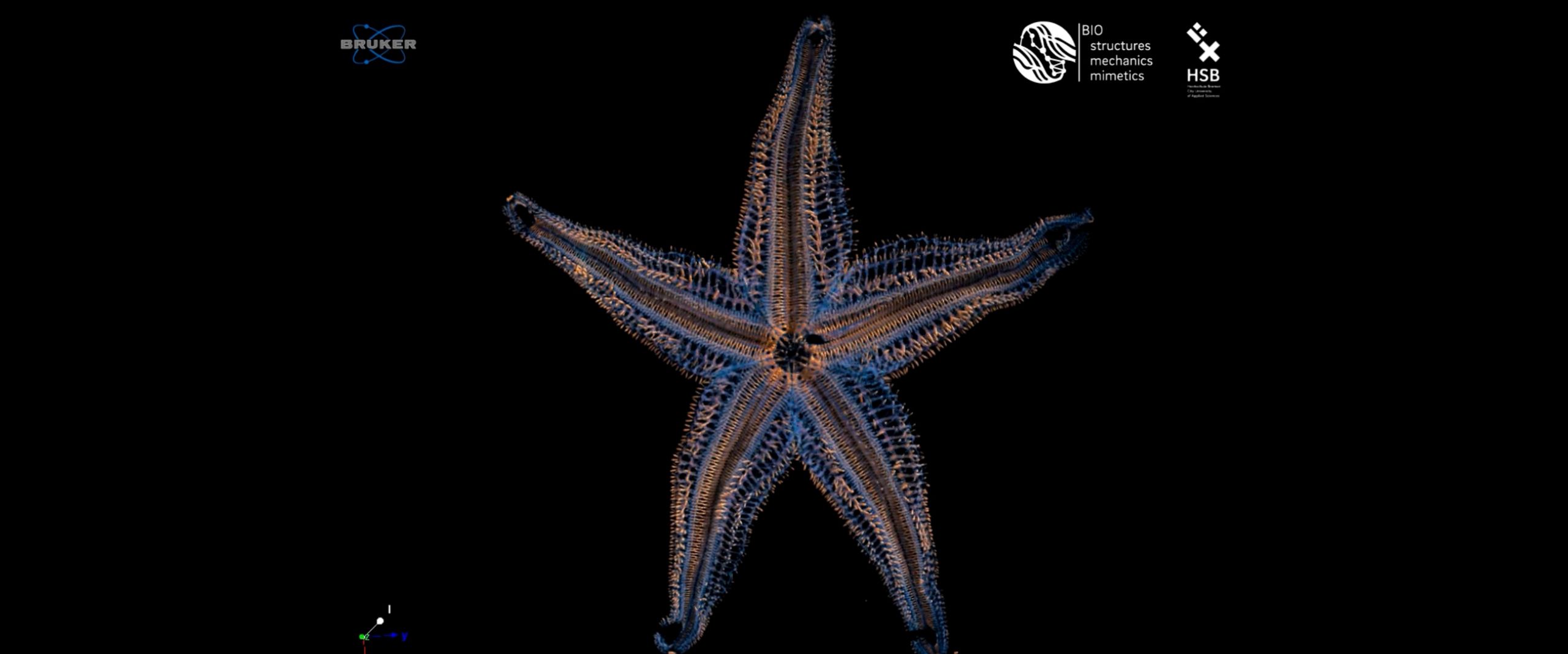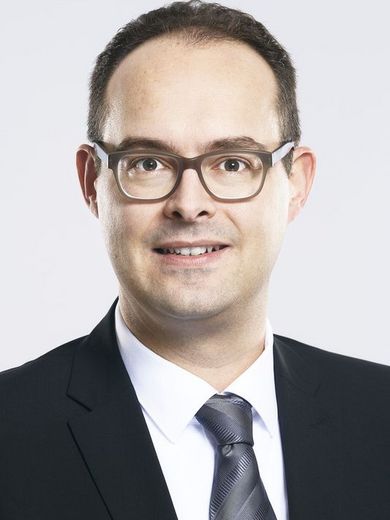
Researchers at the Biomimetics-Innovation-Center, Hochschule Bremen – City University of Applied Sciences, have made pioneering discoveries about how mechanical stress shapes the ultrastructure of starfish skeletons. Published in the renowned international journal Acta Biomaterialia, their study delivers the first in-depth analysis of how starfish skeletons respond to varying stress conditions, revealing new insights into the evolutionary mechanisms that drive skeletal adaptation.
While starfish are widely recognized—especially thanks to pop-culture icons like Patrick Star in SpongeBob SquarePants—their remarkable internal structure often goes unnoticed. Sharing an evolutionary lineage with vertebrates, starfish serve as powerful models for studying the development of endoskeletons. Their skeletons consist of thousands of small, bone-like elements called ossicles, which feature a complex, porous structure strikingly similar to human and other vertebrate bones. According to lead author Raman and colleagues, these ossicles exhibit microstructural adaptations that mirror the mechanical loads they experience, demonstrating a universal principle of stress adaptation.
“While most people recognize the iconic shape of a starfish, few have considered the complexity of their internal skeleton. Our findings not only advance the understanding of starfish biomechanics but also illuminate fundamental evolutionary concepts of skeletal adaptation,” says lead author Raman.
By employing cutting-edge X-ray microtomography and computational modeling, the researchers examined the 3D architecture and stress distribution of starfish ossicles. They found that regions subjected to higher mechanical stress developed thicker stereom microstructures—a principle similarly observed in vertebrate bones.
However, the study also revealed a pivotal distinction. Unlike vertebrate bones, which can dynamically remodel their microstructure over time, starfish ossicles lack this capacity. This indicates that while the link between stress and structural adaptation is fundamental to mesodermal skeletons within the Deuterostomia group, dynamic remodeling may be a uniquely vertebrate trait.
“The insights gained not only expand our understanding of the evolution of skeletons but also provide potential impulses for applications in biomedicine and lightweight construction,” says Prof. Dr. Jan Henning Dirks. “By demonstrating how rigid structures adapt to external loads despite limited remodeling capabilities, starfish skeletons offer valuable inspiration for the development of new materials or construction principles.”
The work is in full agreement with the German and European animal protection law. Following the principles of good scientific practice, strict ethical guidelines were applied to replace and reduce the number of specimens and refine the experimental methods wherever possible. The analyses were conducted on dead starfish, which were bycatch from scientific expeditions.
This research was supported by the German Federal Ministry of Education and Research (BMBF) and the Hochschule Bremen. The full publication is available as open access here.
Hochschule Bremen is a leading center for innovation in biomimetics and applied sciences, fostering interdisciplinary research to address societal and technological challenges. More information about the Dirks research group can be found here.
The publication contains images and videos. Copyright: HSB - Jan-Henning Dirks. You may use these free of charge for related purposes, provided you acknowledge the copyright.

Prof. Dr. Jan-Henning Dirks
Biological Structures and Biomimetics
+49 421 5905 6010
Email
The image shows the skeleton of a starfish (Asterias rubens) in a micro-computed tomography scanner. The skeleton consists of thousands of small bones.
© Raman